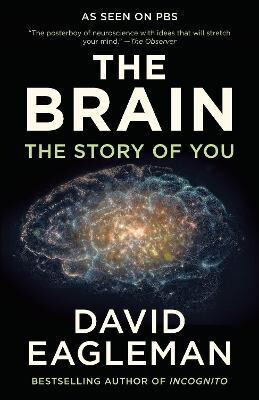
ESE-2022 Civil Engineering Previous Objective Questions With Solutions, Subjectwise & Chapterwise, Objective Volume 1 (Paperback, Subject experts of ACE Engineering Academy)
Price: Not Available
Currently Unavailable
Highlights
- Binding: Paperback
- Publisher: ACE Engineering Publications
- Genre: Exam Preparation
- ISBN: 9781645971405, 1645971406
- Edition: ESE 2022, 2021
- Pages: 755
Description
The Stage-I (Prelims) of ESE consists of two objective papers. Paper-I is of General Studies & Engineering Aptitude. Paper-II is of Civil Engineering of 300 Marks and 3 hours duration. In Stage-II (Mains), the technical syllabus is divided into two papers. The subjects included in this volume are: 1. Building Materials 2. Soil Mechanics 3. Structural Analysis 4. Design of Steel Structures 5. Design of Concrete and Masonry Structure 6. Construction Practice, Planning & Management Keeping in view of the above topics, the preset Volume-I for prelims of new pattern is redesigned using the previous questions from 1992 onwards. The style, quality and content of the Solutions for previous ESE Questions of Civil Engineering, will encourage the reader, especially the student whether above average, average or below average to learn the concept and answer the question in the subject without any tension. However it is the reader who should confirm this and any comments and suggestions would be pleasantly received by the Academy. It is observed that majority of ESE objective Questions are being asked as it is in many PSUs, state service commission, state electricity boards and even in GATE exam. Hence we strongly recommend all subjects who are competing for various competitive exams to use this book according to the syllabus of the exam concerned. The book can also be used by fresh Teachers in engineering colleges to improve their Concepts. We proudly say that questions and solutions right from 1992 onwards are given in this book. The questions which appeared early 90’s are most conceptual oriented and these are being repeated in the recent exams in a different way. Hence we advice the students to practice these questions compulsorily. The student is also advised to analyze why only a particular option is correct and why not others. Evaluate yourself, in which case, these other options are correct. With this approach you yourself can develop four questions out of one question. The student is advised to solve the problems without referring to the solutions. The student has to analyze the given question carefully, identify the concept on which the question is framed, recall the relevant equations, find out the desired answer, verify the answer with the final key such as (a), (b),(c),(d), then go through the hints to clarify his/her answer. The student is advised to have a standard text book ready for reference to strengthen the related concepts, if necessary. The student is advised not to write the solution steps in the space around the question. By doing so, he loses an opportunity of effective revision. With best wishes to all those who wish to go through the following pages.
Read More
Specifications
Book Details
| Imprint |
|
| Publication Year |
|
| Edition Type |
|
| Book Type |
|
| Exam |
|
| Table of Contents |
|
Contributors
| Author Info |
|
Translation Details
| Translated to |
|
Series & Set Details
| Series Name |
|
School Books Details
| Board |
|
University Books Details
| Stream |
|
| Degree/Diploma |
|
| Specialization |
|
Ratings & Reviews
4.4
★
19 Ratings &
0 Reviews
- 5★
- 4★
- 3★
- 2★
- 1★
- 15
- 0
- 1
- 2
- 1
Have you used this product? Be the first to review!
Be the first to ask about this product
Safe and Secure Payments.Easy returns.100% Authentic products.
Back to top




